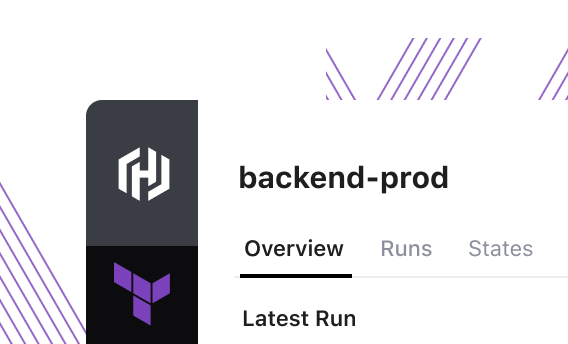Terraform
Automate Infrastructure on Any Cloud

What is Terraform?
Terraform is an infrastructure as code tool that lets you build, change, and version infrastructure safely and efficiently. This includes low-level components like compute instances, storage, and networking; and high-level components like DNS entries and SaaS features.
Learn more


Terraform Sandbox
Best Practices
Featured Documentation
Popular Use Cases
Get Certified
- 3 tutorialsPrepare for the Terraform Associate (003) Certification ExamPrepare for your Terraform Associate certification exam. Choose to follow an in-depth guide or to review select exam topics depending on the kind of preparation support you need. Then review sample questions to learn what to expect on exam day.